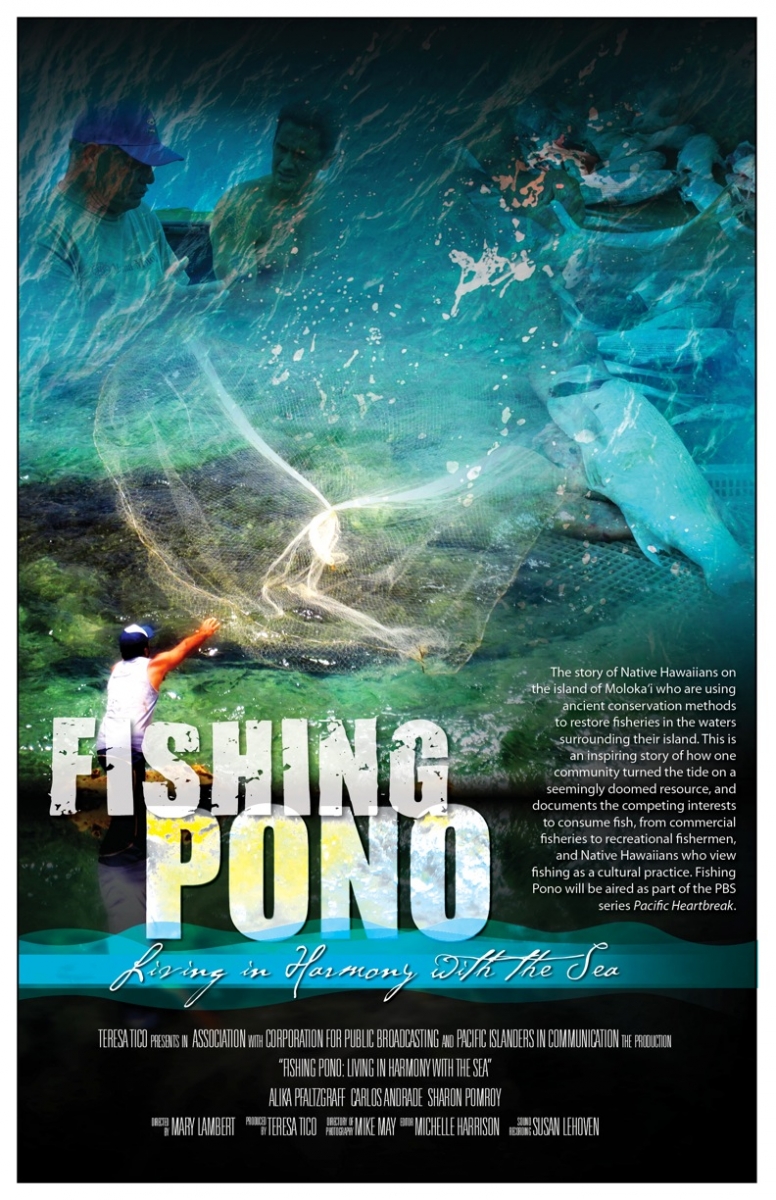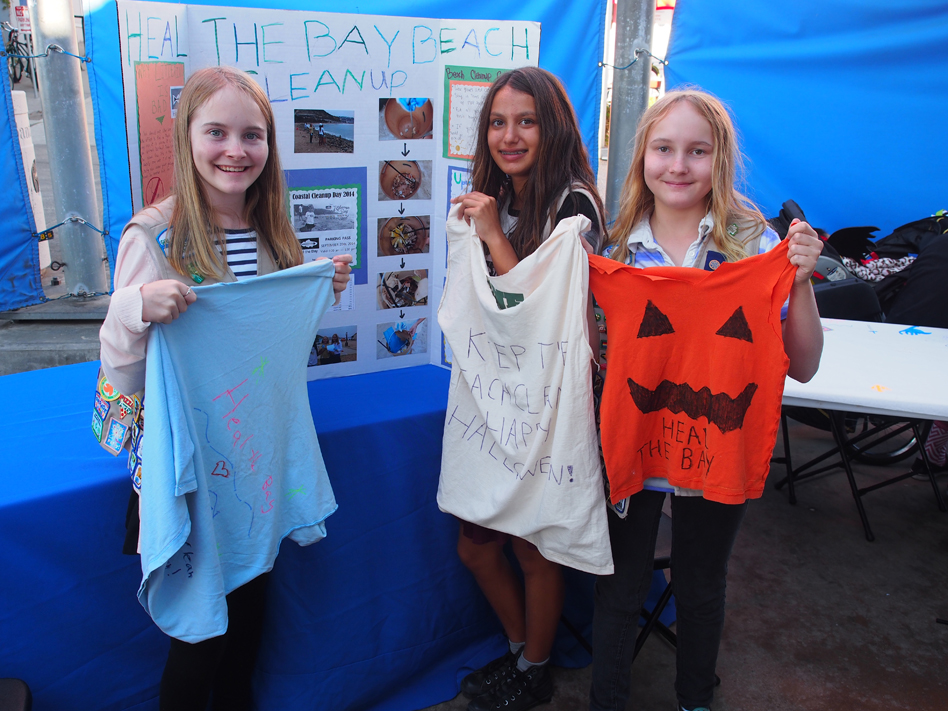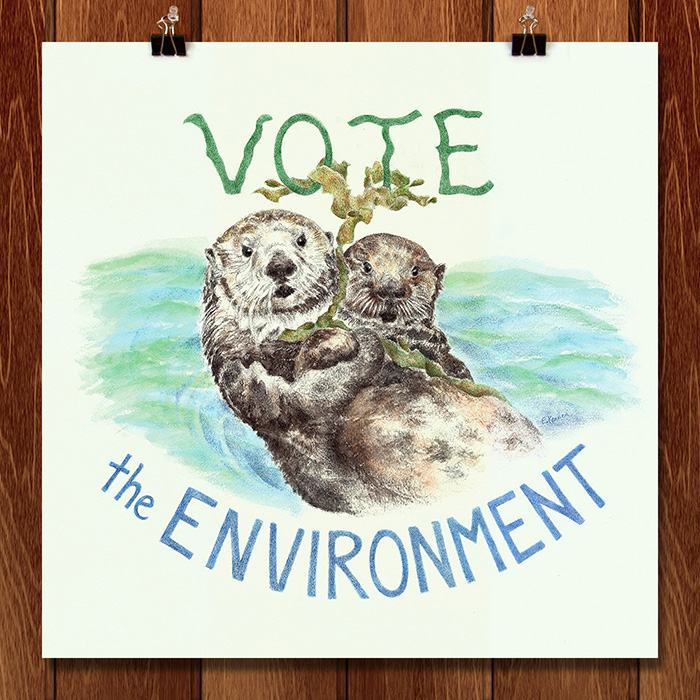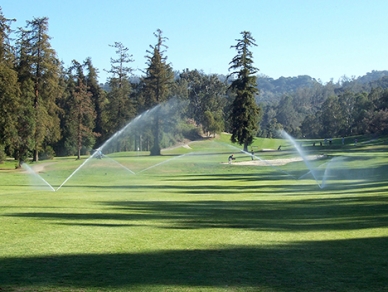Today’s guest blogger is Melina Sempill Watts, a staffer with the Resource Conservation District of the Santa Monica Mountains.
Oct. 23, 2014 — In partnership with Heal the Bay staff and volunteers, the utterly fascinating “Snows of the Nile” will be screened this Saturday as part of the Santa Monica “Wild and Scenic” Film Festival at Elkins Theatre at the Pepperdine University.
State Sen. Fran Pavley, an international leader in reducing climate change by proactive legislation, will be speaking at the event, which is organized by the Resource Conservation District of the Santa Monica Mountains. The evening features several films about climate change and begins at 6:30 p.m.
A subsequent program of films is planned for Saturday, Nov. 8, with a special focus on water.
Why does “Snows of the Nile” resonate? This gorgeous film provides an incredible before-and-after look at the fate of a key system of glaciers in the heart of Africa.
Environmentalists know that a fundamental driver in restoring ecosystems is establishing a baseline. To determine what healthy looks like now, it’s useful to have a thoughtful look at the past.
Roll back the clock to 1906. One of the dashing explorers at the turn of the century was Prince Luigi Amedeo, Duke of the Abruzzi, a great climber and raconteur, whose narrations of his adventures echo through the decades. On his trip to the Ruwenzori Range in modern day Uganda, also called the Mountains of the Moon, he brought with him Vittorio Sella, arguably Italy’s answer to Ansel Adams. The pair captured stunning photographs of the glaciers that, up to that point, Europeans could not imagine in equatorial Africa.
Cut to just a few years ago: Dr. Neil Losin and Dr. Nate Dappen, a charismatic pair of young evolutionary biologists in the process of earning their Ph.D.s, meet while doing research in Costa Rica and share their fascination with those historical photographs.
The two determined to go the Ruwenzori Range to replicate the gorgeous images Sella took during that famous Abruzzi climb some hundred years earlier. By current estimates, these glaciers will disappear in 20 years. So making the trip now was critical.
Moving from researching lizards in Florida to filmmaking in Uganda and the Congo about climate change impacts may seem like quite a leap. But the filmmaking duo applied to the first Dos Equis “Stay Thirsty” contest and their idea won over Internet voters. They came away with $25,000, enough to fund the expedition and the movie.
Both men had been serious photographers, selling nature photographs to big magazines. But as UCLA graduate Dr. Losin says: “This grant became a stepping stone to a new world. We had made short research videos, and the whole thing snowballed. Filmmaking became something we were really passionate about.”
Coming at the subject matter with the perspective of scientists, Losin is endearingly modest. “Climate change is a departure. The project that lead to ‘Snows of Nile’ is not a research project per se. There are people studying glacial retreat, movement of organisms… we wanted to visualize this in a way that people hadn’t before. This was a unique opportunity because of the historical photos. To us, this feels like more of an art project than research.”
Anyone who has done trekking, climbing, photography, history or science will see how much of each discipline was required on the project. Many days the filmmakers struggled to find the exact spot to replicate the images captured by Sella over 100 years earlier. Like the Duke of Abruzzi before them, they were aided by members of the Mykonjo people, who worked as guides and porters.
As a viewer, it seems like finding even one of the locations that would recapture the original image would indeed be a needle-in-the-haystack endeavor. And yet, our two protagonists get the shot, over and over again. They create side-by-side photos, offering then-and-now images that tell a painful truth of the disappearance of ice from our world. They emphasize, however, that the mountains that remain, are to them, still beautiful.
At one point, one of the trekkers asks Losin, “What can we do to stop this?”
Neither Losin nor Dappen has an answer.
One truth that emerges, however, is that working as scientist-documentary filmmakers makes for a winning hyphenate. Rather than pursue prestigious post-docs or teaching careers at universities, the two Ph.D.s find that now an array of documentary film subjects are calling them all over the world.
You can view a trailer of the festival here. To purchase tickets, please click here. A full list of other films to be screened can be found here.











